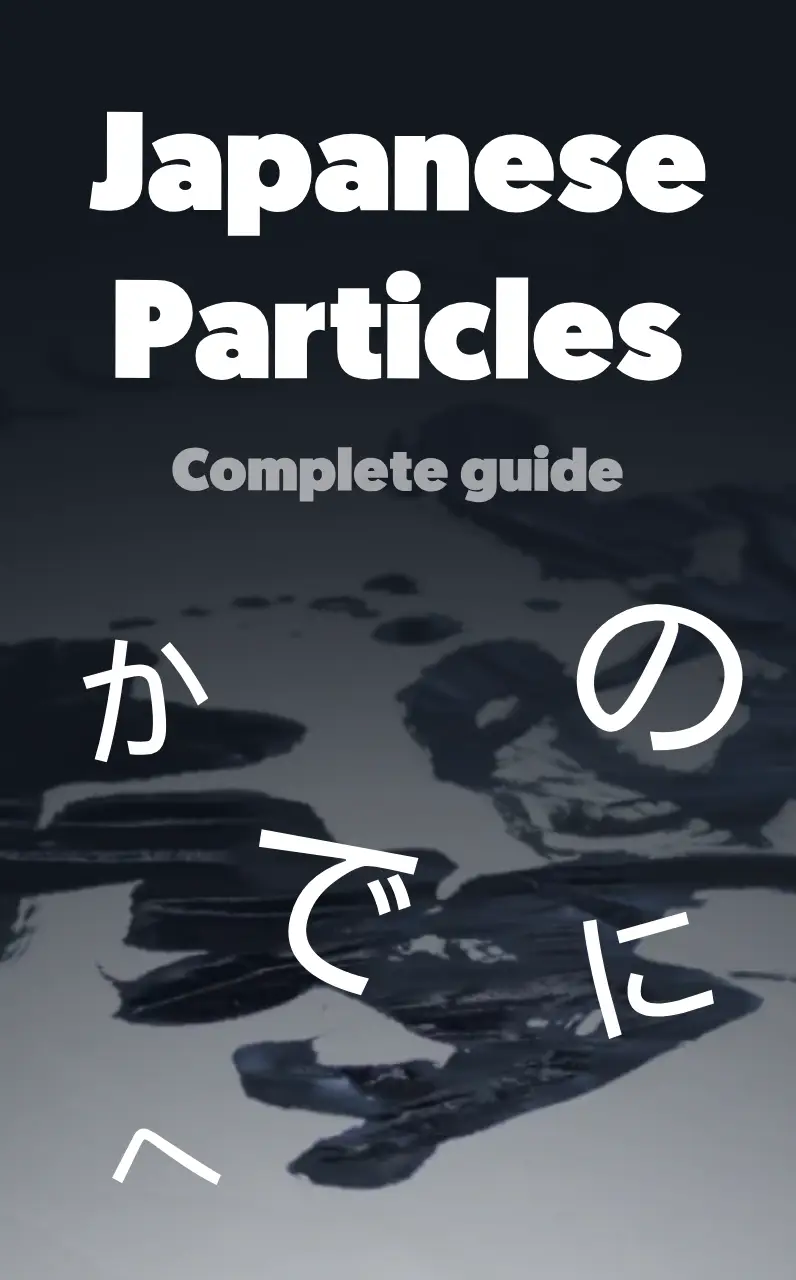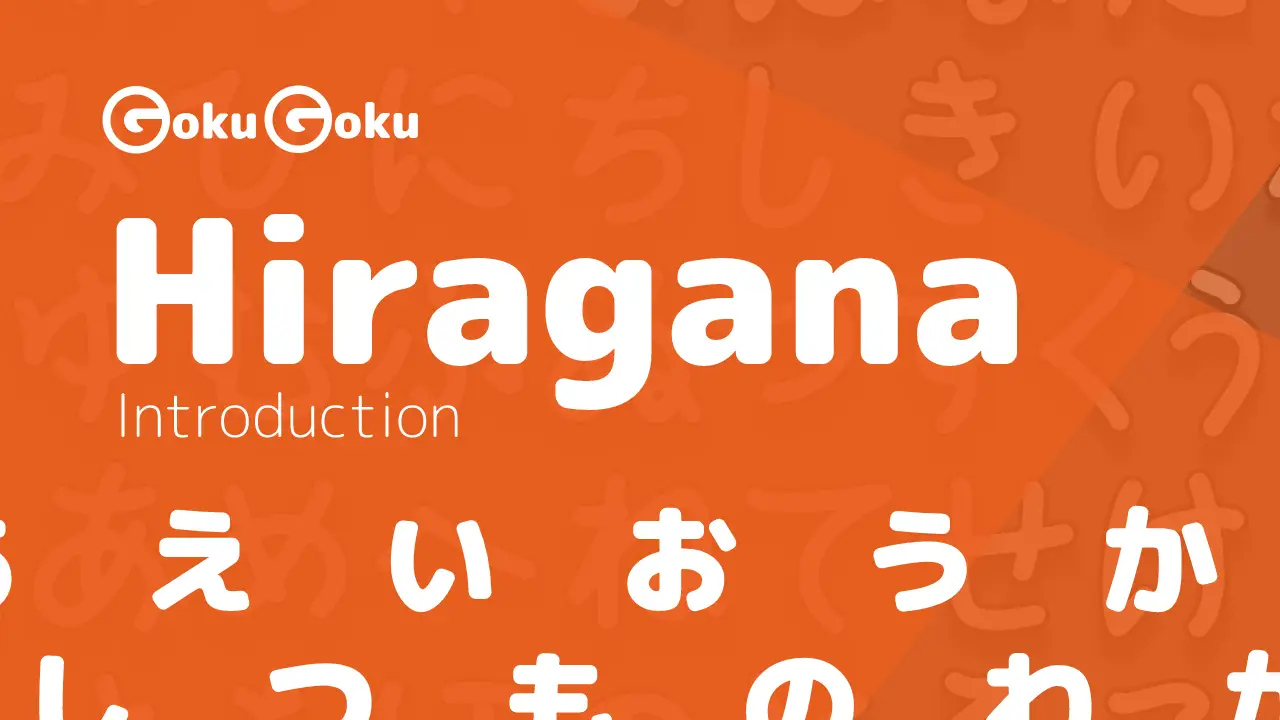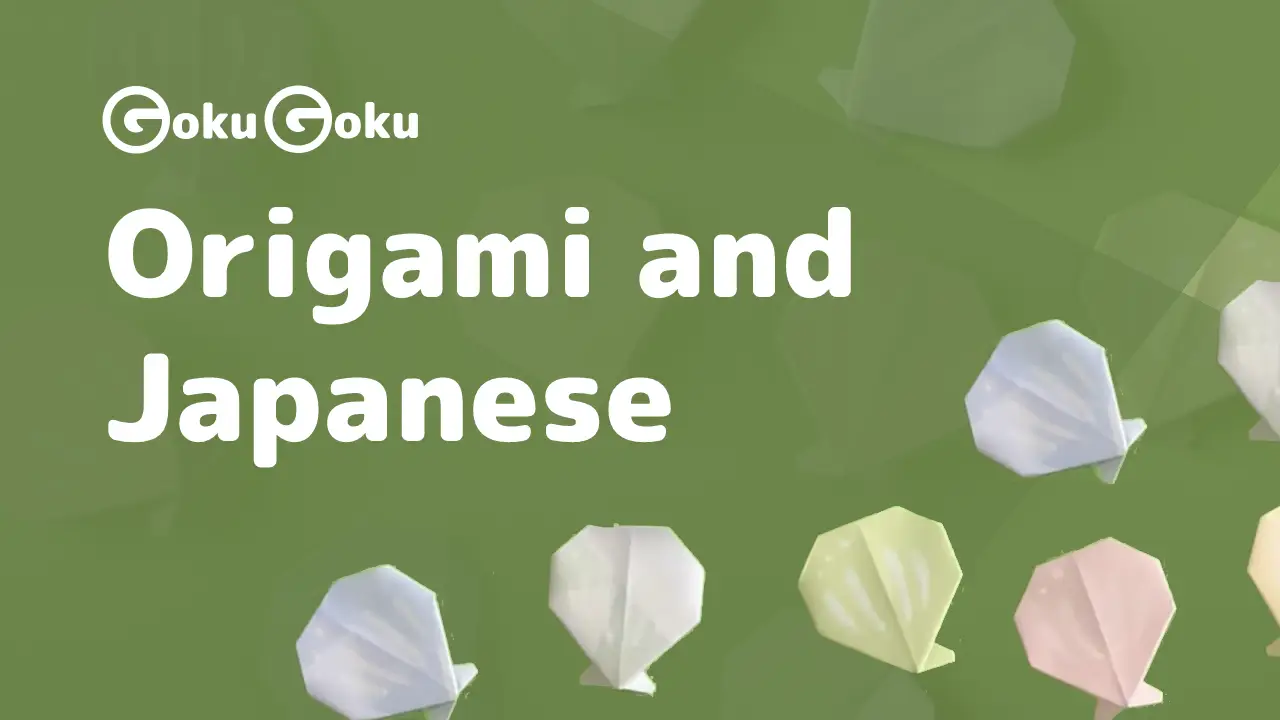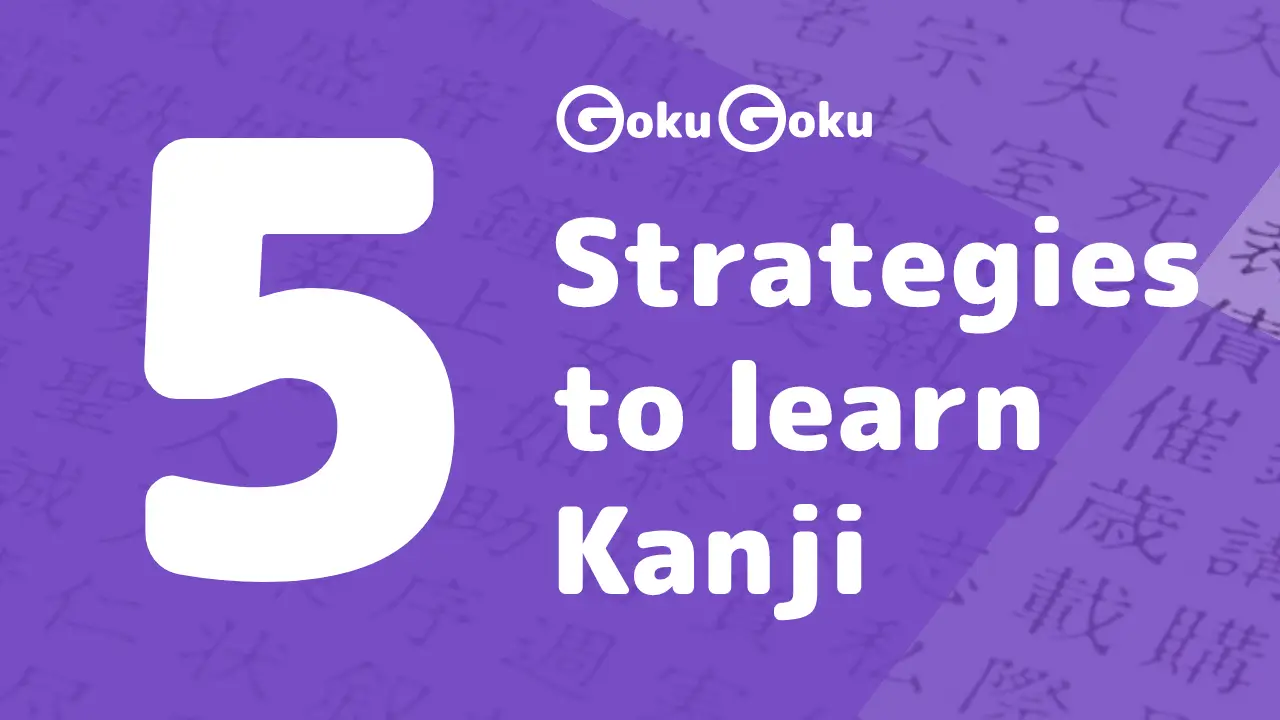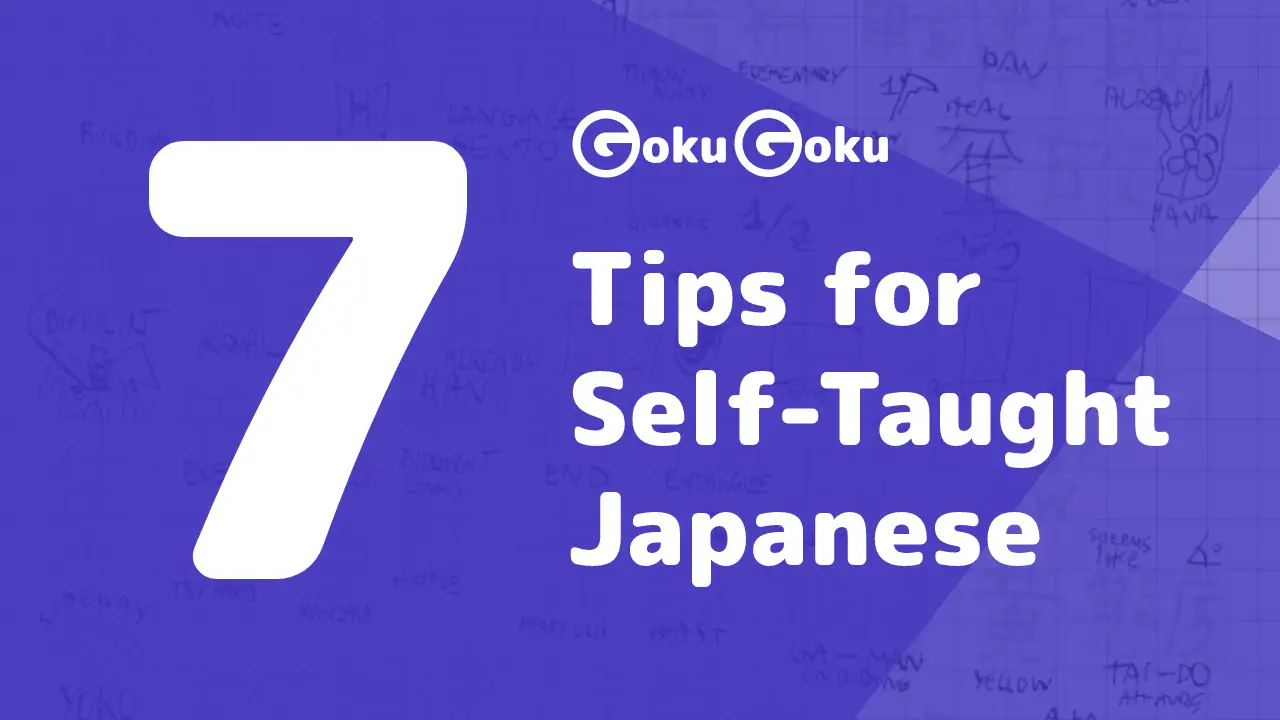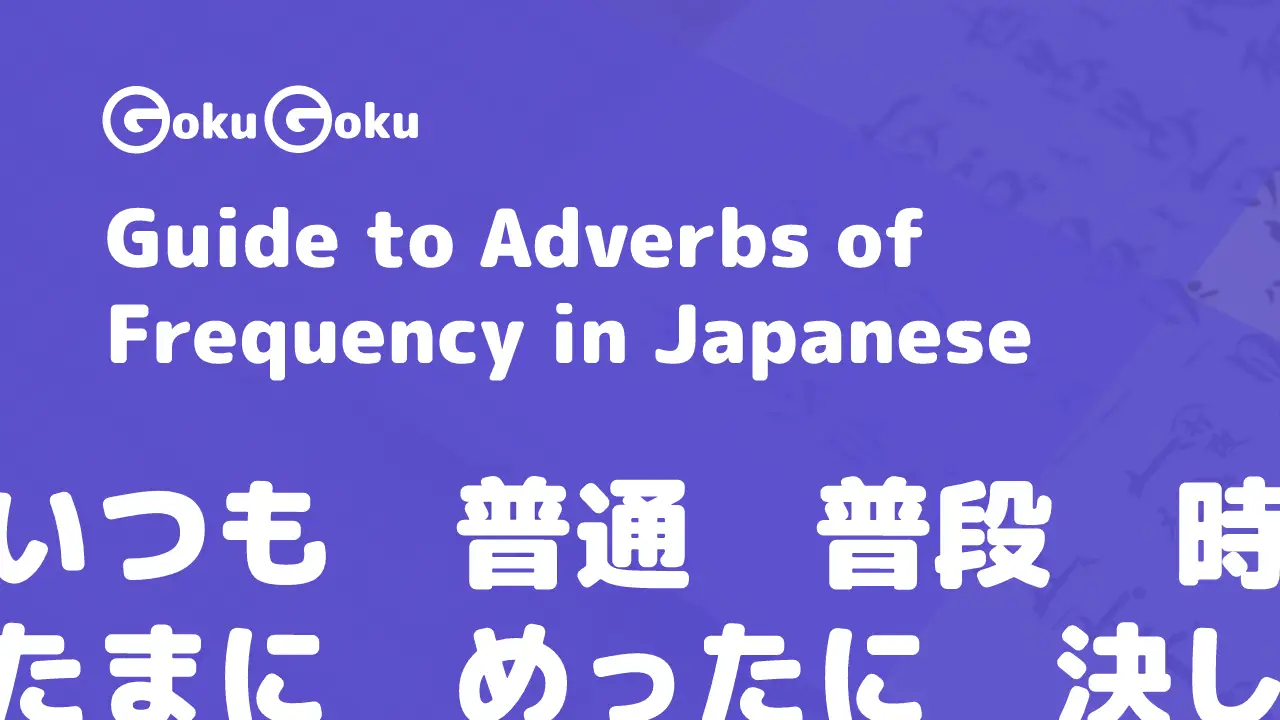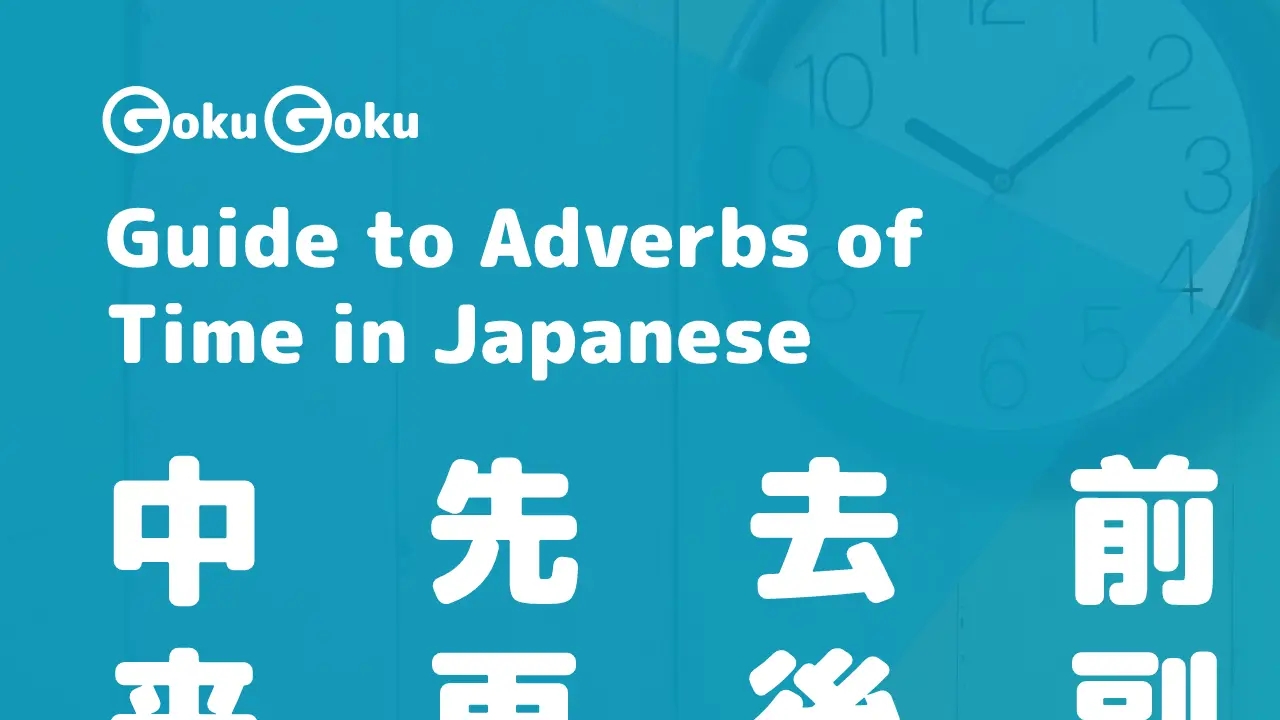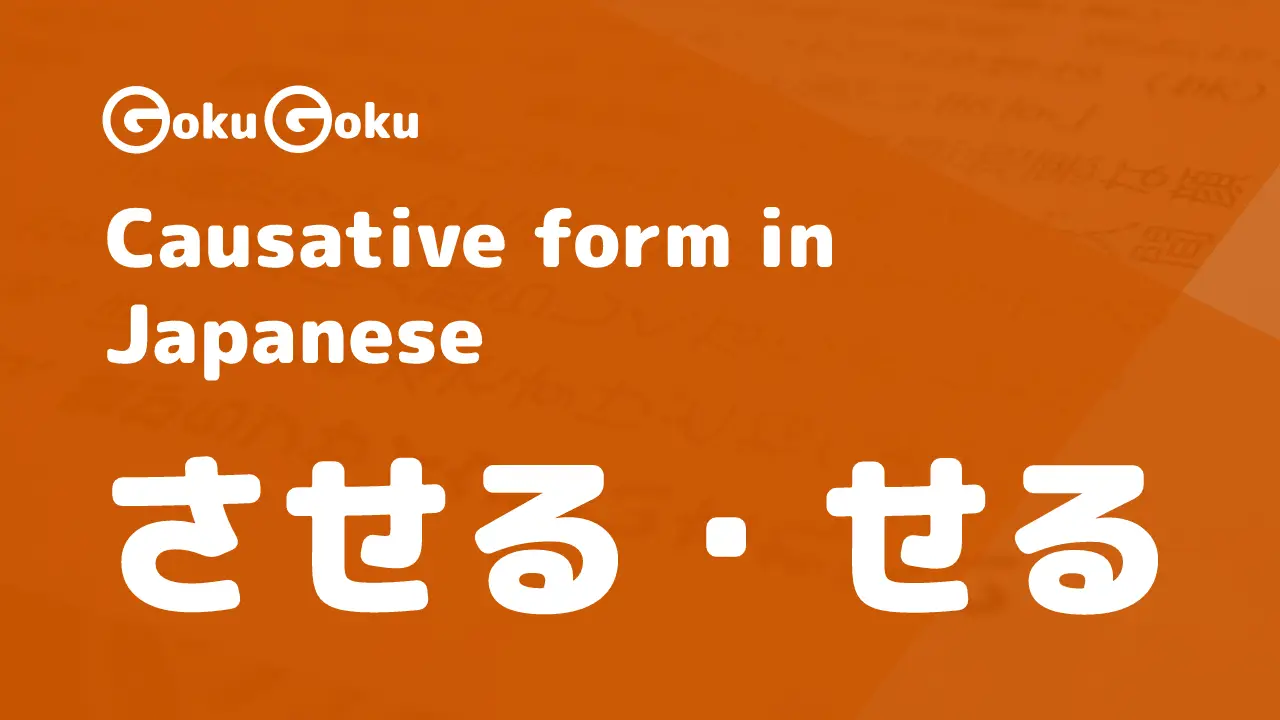Today we introduce a very important and useful aspect of the Japanese language in order to understand and follow a conversation.
These are the "Aizuchi" 相槌. This word is made up of two kanji:
相 refers to
mutuality,reciprocity, doing together槌 represents the
hammerorsledgehammeras a working tool
The Aizuchi are all that set of terms, words, elements that are used, pronounced by the listener during a conversation that indicate that the listener is paying attention or understands the speaker.
They are for example:
はい -
yesなるほど -
I seeそうですか -
Really?いいですね -
good!
They are elements in the conversation that show the interest of the person who listens to what is proposed, illustrated, exposed by the people with whom you interact on that occasion.
Aizuchi - Pay attention to their use!
However, there is an important aspect to consider.
It is not taken for granted that the interlocutor agrees with what is being stated.
These exclamations are a polite way, a signal with which we make it clear that we are following the speech, that we are attentive and present.
It is a delicate aspect to keep in mind, as it has been also subject to misunderstandings especially in the professional sphere, during business meetings between Japanese companies and Western operators.
We were amazed by the Western part, for example, when, at the end of the meeting, the response about a possible collaboration was negative. But how? Customers were enthusiastic and involved throughout the meeting, they appreciated the collection and the company...
That participation was in fact presence and listening to everything that was proposed, but it was not an indication of a consensus as a person generally coming from a Western-style culture would understand it.
Origin of the Aizuchi
Many researchers and scholars argue that "aizuchi" is a uniquely Japanese element.
Of course, foreigners also nod or have a verbal reaction in response to what the other person is saying and generally agree, which as we have seen differs from Japanese.
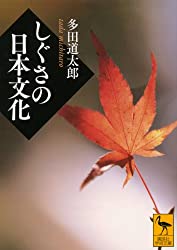
Sociologist Tada Michitaro states:
"The first thing that comes to mind when it comes to Japanese gestures (しぐさ) is Aizuchi"
According to Tada, Aizuchi originated from the work inside the blacksmith's forge and referred to the "mutual hammering of the master and his apprentice pupil".
The pupil and the teacher who beat their hammers together is therefore compared to the gesture of two people who converse and confront each other. From this interpretation we also understand the meaning of the term aizuchi, which mentions the hammer as a tool 槌.
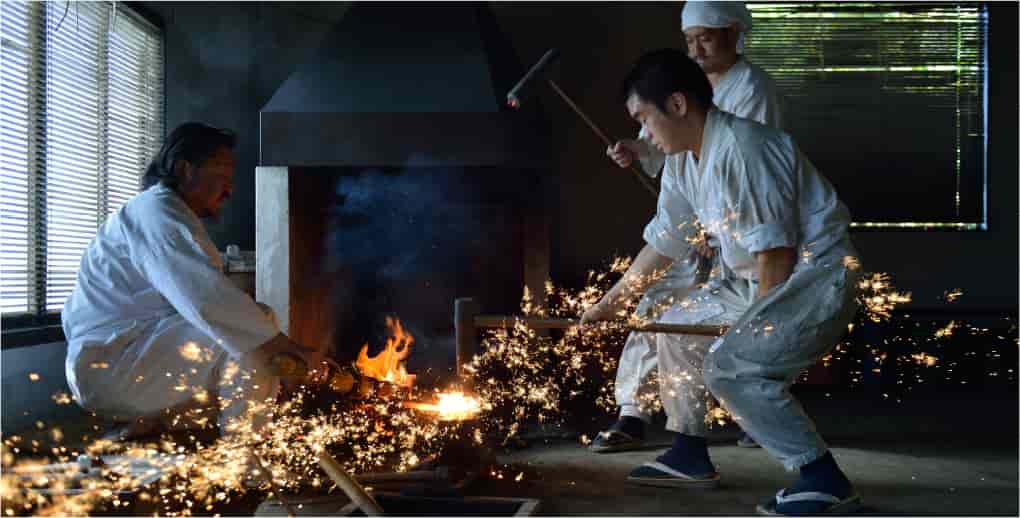
Various types of Aizuchi
There are various types of aizuchi depending on the situation that arises between people and the topic that is being dealt with at the moment.
Aizuchi for generic assent, e.g. うん (yes) which is reinforced with うんうん.
えっ! なになに? instead indicates the amazement or even the concern for what the other person is describing.
Other aizuchi express the sense of empathy, entering into communication with the other and really understanding what they are saying and describing:
そうだね! -
Oh sure!わかるわかる -
Sure I understandいいね! -
Come on, that's nice, good!
In unpleasant situations, perhaps a source of discouragement:
がっかりだね -
What a disappointmentひどいね -
Terrible!
Then we have other aizuchi who express a certain emotionality:
へぇー! -
Eh! but what are you telling me?マジで! -
Come on! I don't believe it!
That's all. In today's post we talked about a very interesting and important aspect of the Japanese language, but often little considered.
If you are interested in learning more about the language in its details, remember to subscribe to the newsletter below 👇
